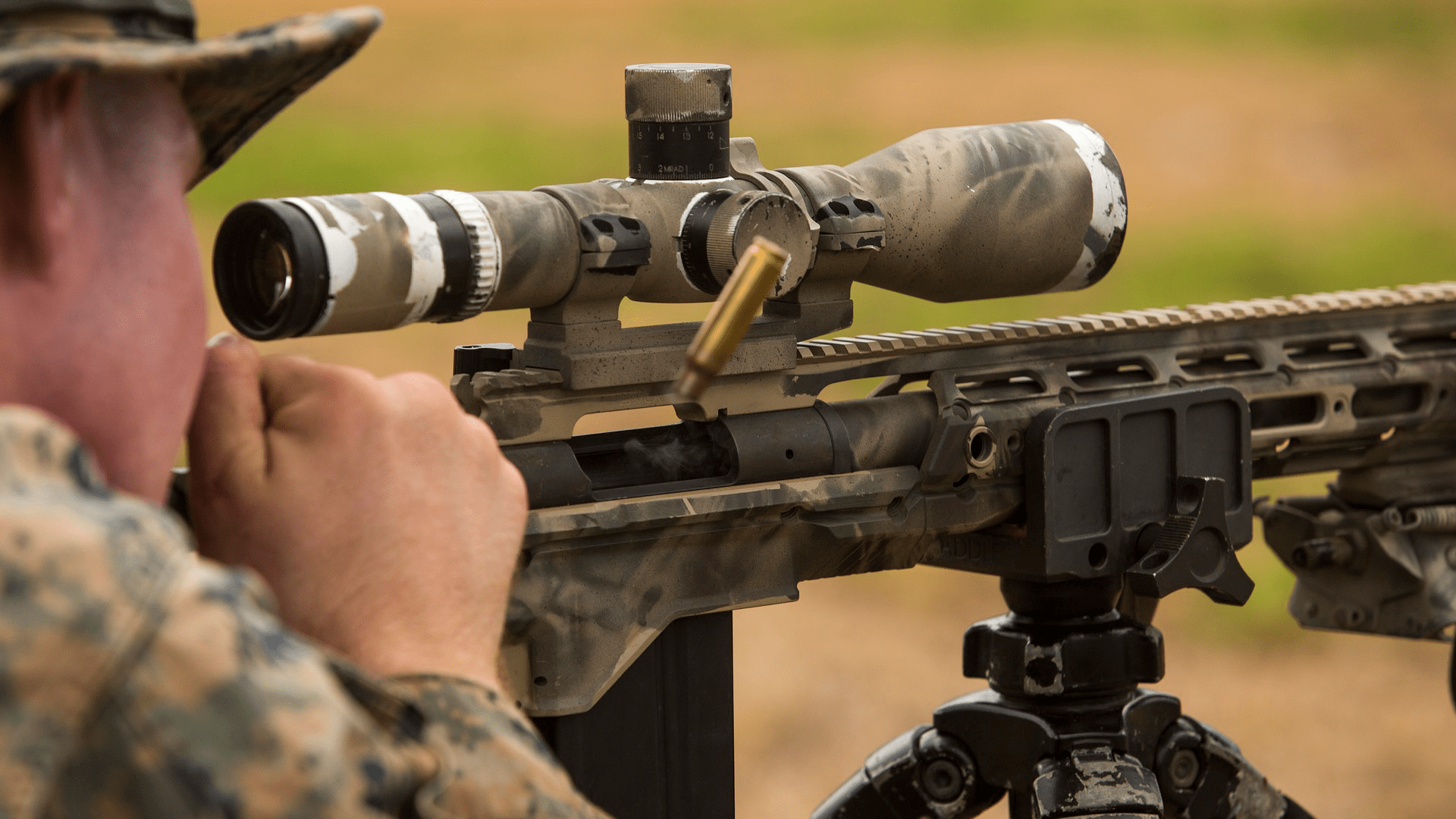What To Keep in Mind When Picking a Scope – 11 vital things
When it comes time to purchase a rifle scope, there are many factors to consider. The first decision is what magnification power you need. After that, there are other considerations such as the reticle type, lens coating, and construction quality. In this blog post, we will walk you through the 11 most important factors to keep in mind when picking a rifle scope. By following our advice, you can be sure to select the right scope for your needs and budget.
1. Magnification power
The first thing to consider when choosing a rifle scope is the amount of magnification power you need. The vast majority of rifle scopes have variable magnification, meaning they can be adjusted to different powers. For example, a 3-9×40 scope can be set to 3x, 4x, 5x, 6x, 7x, 8x, or 9x power.
The amount of magnification you need will depend on how you plan to use your scope. If you are only going to be shooting at relatively close range, then a lower power scope should suffice. For long-range shooting or hunting, a higher-powered scope is necessary.
2. Reticle Type
The next thing to consider is the type of reticle you want. The most common type of reticle is the duplex reticle, which has a crosshair with thicker outer lines. This type of reticle is fine for most general-purpose shooting.
For more specialized applications, there are other types of reticles available. For example, the Mil-Dot reticle is popular with tactical shooters as it can be used for rangefinding and holdover. There are also BDC (bullet drop compensation) reticles available, which can be useful for long-range shooting.
3. Lens Coating
When selecting a rifle scope, you should also pay attention to the lens coating. Most quality scopes will have some type of coating to reduce glare and improve light transmission. The most common type of coating is a multi-coated lens, which has multiple layers of different coatings.
Some scopes will also have an illuminated reticle, which can be helpful in low-light conditions. If you think you might need an illuminated reticle, be sure to select a scope with this feature.
4. Construction Quality
Another important consideration is the overall construction quality of the scope. For the most part, you get what you pay for when it comes to scopes. A higher-priced scope is usually going to be made from better materials and have better build quality.
If you are planning on using your scope in demanding conditions, it is worth paying extra for a well-made scope. A cheaply made scope is more likely to fail when you need it the most.
5. Objective Lens Diameter
The objective lens is the large lens at the front of the scope. The diameter of this lens determines how much light can enter the scope. A larger objective lens will allow more light to enter, which is helpful in low-light conditions.
However, a larger objective lens will also make the scope longer and heavier. If you are only going to be shooting in good lighting conditions, a smaller objective lens should suffice.
6. Eye Relief
Eye relief is the distance between your eye and the ocular lens (the eyepiece) of the scope. Longer eye relief is generally better as it gives you more room to position your eye behind the scope. This can be helpful if you wear glasses or need to shoot with both eyes open.
7. Field of View
The field of view is the width of the area you can see through the scope at a given distance. A wider field of view is generally better as it gives you a better view of your surroundings. This can be helpful when tracking a game or scanning an area for targets.
8. Adjustment Range
The adjustment range is the amount of elevation and windage adjustment available on the scope. Most scopes will have a fairly generous adjustment range, which is helpful if you need to make large adjustments to your point of impact.
9. Turret Type
There are two main types of turrets: exposed and capped. Exposed turrets are easier to adjust, but they are also more likely to get bumped and knocked out of adjustment. Capped turrets are more durable, but they can be more difficult to adjust.
10. Mounting Options
Most scopes will come with some type of mounting system. The most common type is a Weaver or Picatinny rail mount. These mounts are compatible with a wide variety of rifles and accessories.
Some scopes will also come with integrated mounting systems that can only be used with specific rifles. These types of mounts can offer a more secure connection, but they are not as versatile.
11. Warranty
Finally, you should consider the warranty when selecting a scope. A longer warranty is always better as it gives you more protection in case of a defect. Most quality scopes will come with a lifetime warranty.
Now that you know what to look for, you can start shopping for the best rifle scope for your needs. Be sure to check out our top picks above to get started.



